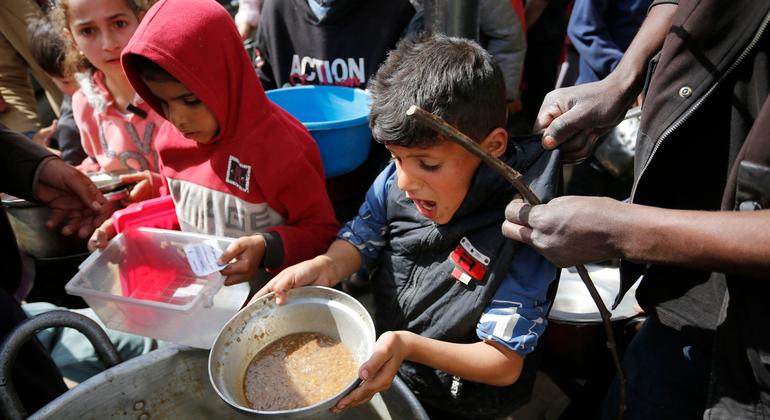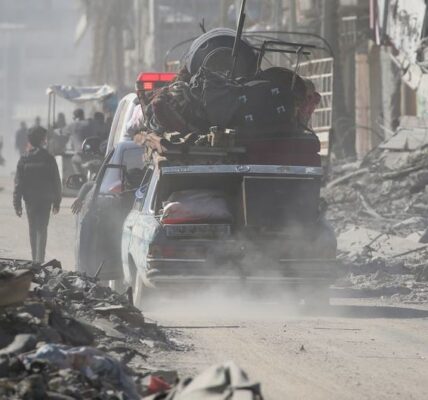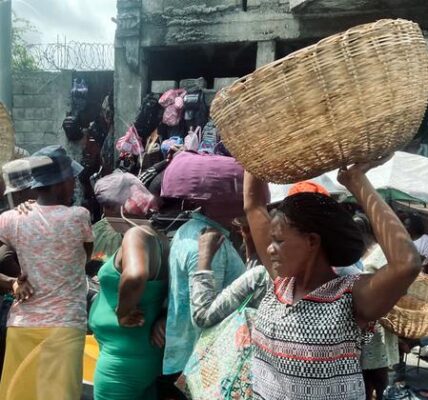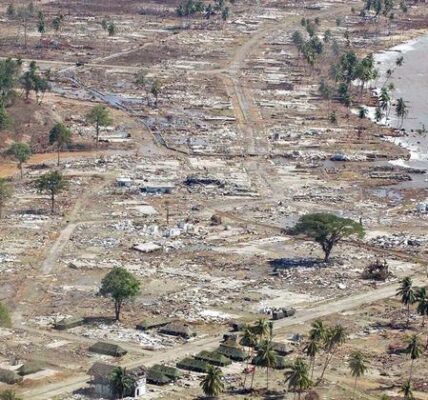Only 40% of UN assistance missions were granted access to the northern areas of Gaza this month.

According to the recent report from the UN Office for the Coordination of Humanitarian Affairs (OCHA), only 11 out of 24 planned missions were allowed to proceed by Israeli authorities during the first two weeks of March. The remaining missions were either rejected outright or delayed. OCHA also reported that five convoys were denied entry and eight were delayed.
According to OCHA, the main tasks of facilitated missions were to distribute food, conduct health and nutrition evaluations, and transport supplies to hospitals. They also emphasized that challenges with gaining humanitarian access are still preventing prompt delivery of essential aid, particularly to the hundreds of thousands of individuals in northern Gaza.
On Wednesday, the UN Secretary-General, António Guterres, echoed the need for the Israeli government to grant unimpeded access for humanitarian supplies in Gaza and for the international community to provide full support for humanitarian initiatives.
From Brussels, the UN Secretary-General is meeting with European Union officials and reiterating his plea to take immediate action to halt the violence, achieve a humanitarian ceasefire, and ensure the safe release of hostages.
Wadi Gaza gateway
Sending assistance to the northern part of Gaza requires obtaining daily authorizations from the Israeli authorities, as stated by OCHA. Despite attempts to arrange the procedure, truck convoys are often denied entry, even after waiting for extended periods of time at the Wadi Gaza checkpoint, which serves as the entrance to the northern area of the Gaza strip.
According to OCHA, aid convoys are now attracting the attention of people in dire need while passing through checkpoints or traveling north. To prevent this, it is crucial to ensure a consistent and adequate delivery of aid.
In March, Israeli officials allowed 78 out of 103 relief missions to enter areas south of Wadi Gaza within a span of two weeks. Fifteen missions were rejected and 10 were either delayed or cancelled, as reported by OCHA.
Famine closing in
The UN agency for Palestinian refugees, UNWRA, has issued a warning that famine is likely to occur in certain areas of the enclave. This comes after reports of an aid convoy being attacked in the northern part of Gaza City, resulting in the death of 24 people.
“According to a post on X, formerly known as Twitter, UNRWA reported that on average, 159 aid trucks have entered the Gaza Strip in March. However, this falls significantly short of the current needs.”
A cessation of hostilities and the liberation of all remaining captives is the singular means to guarantee that enough aid can reach Gaza through land. Aid officials have consistently argued that this method is far more efficient than air drops or sea shipments.
On Wednesday, talks between delegations from Israel, the U.S., and Egypt continued for a third day in Qatar, according to media reports.
The latest update from the health authority of the enclave reports a death toll of 31,923 since October 7th, with 74,096 people injured.
Source: news.un.org


